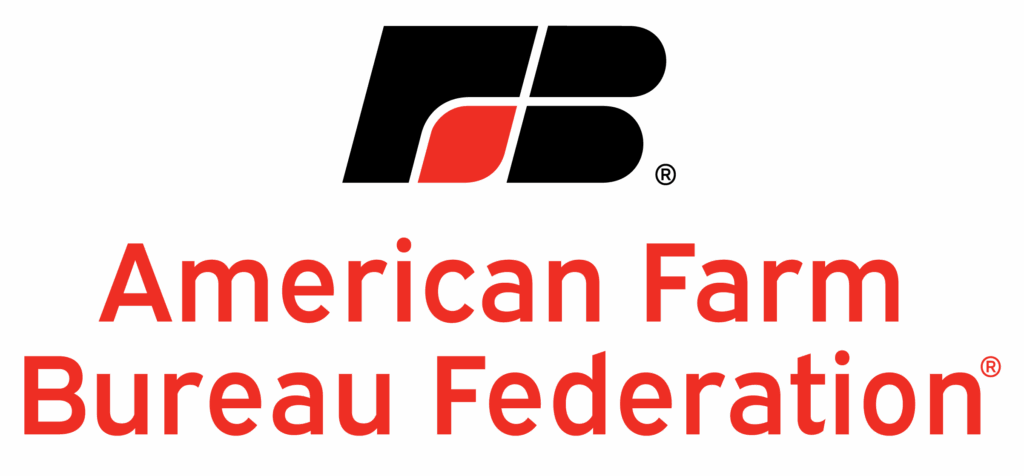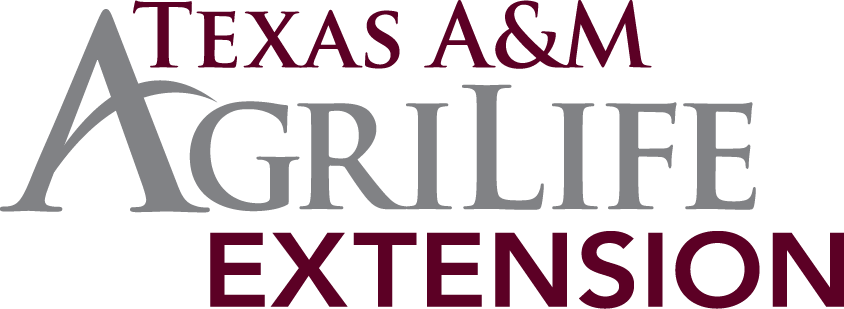In The Cattle Markets
January 12, 2026
Hannah Baker, M.S.
State Specialized Extension Agent – Beef and Forage Economics
Range Cattle Research and Education Center
University of Florida / IFAS Extension
A Preview of 2025 Cattle Slaughter & Beef Production
The final reports summarizing 2025 cattle slaughter numbers and total beef production, and 2026 herd inventory, will be released towards the end of this month. However, data available through the end of November provides a clear picture of tightening cattle supplies, declining slaughter levels, and reduced beef production.
As of the end of November 2025, total cattle slaughter reached 26.7 million head, which represents a 7.1 percent decline from the same period in 2024. Fed cattle slaughter, which includes steers and heifers, has declined by 6.1 percent compared to the January through November period in 2024. Heifer slaughter is down 7.7 percent as of November compared to 2024. However, heifers slaughtered as a percentage of total slaughter so far in 2025 is 31.7 percent, only a 0.2 percent decline from 2024. The number of heifers available has decreased, but the number we are retaining of those available has not started increasing. When this heifer slaughter percentage starts declining, we can assume a stronger level of retention has begun.
Non-fed cattle slaughter has declined by 11.4 percent through November 2025. Within that category, total cow slaughter fell by 11.5 percent, while beef cow slaughter declined by 18 percent. Beef cow slaughter accounted for 8.1 percent of total cattle slaughter so far in 2025, compared with 8 percent of total slaughter in 2015. Through November, beef cow slaughter has totaled approximately 2.16 million out of an estimated 27.86 million total beef cows, resulting in a culling rate of 7.7 percent. For comparison, the beef cow culling rate declined to 7.5 percent in 2015. This illustrates that culling has certainly slowed, and signs of heifer retention should follow in 2026 and into 2027.
The expansion process through heifer retention is still expected to be much slower due to favorable calf prices, interest rates, and forage availability. According to the U.S. Drought Monitor, 60 percent of the country is experiencing some level of drought. Nearly 100 percent (99.64%) of the Southeast is experiencing drought conditions, with 82 percent experiencing moderate to severe drought.
According to the WASDE report released today (1/12/26), total beef production for 2025 is estimated to decline by 3.6 percent compared to 2024, totaling 26 billion pounds. Heavier carcass weights continued in 2025, but those gains were not sufficient to offset the overall reduction in cattle slaughter. Beef production is expected to continue declining, with the current 2026 projection showing a decline of 1 percent to 25.7 billion pounds.
While quantity has declined, quality certainly has not. Beef quality continued to improve in 2025, with the average Prime grading percentage of beef from January through November increasing to 12.03 percent from 10.86 percent in 2024. The percentage of beef grading Choice declined slightly by 0.3 percent (75.1% to 74.8%), with beef grading Select decreasing by 0.9 percent. This improvement reflects ongoing advancements in genetics, feeding strategies, and strong consumer demand.
The Markets
| Week of 1/9/26 | Week of 1/2/26 | Week of 1/10/25 | ||
| 5-Area Fed Steer | all grades, live weight, $/cwt | $231.86 | $231.68 | $202.58 |
| all grades, dressed weight, $/cwt | $364.99 | $359.86 | $320.25 | |
| Boxed Beef | Choice Value, 600-900 lb., $/cwt | $354.33 | $348.74 | $329.02 |
| Choice-Select Spread, $/cwt | $3.11 | $4.22 | $21.40 | |
| 700-800 lb. Feeder Steer | Montana 3-market, $/cwt | $380.98 | — | $288.41 |
| Nebraska 7-market, $/cwt | $393.48 | $382.34 | $293.75 | |
| Oklahoma 8-market, $/cwt | $369.51 | — | $274.21 | |
| 500-600 lb. Feeder Steer | Montana 3-market, $/cwt | $484.50 | — | $355.42 |
| Nebraska 7-market, $/cwt | $501.25 | $480.93 | $362.10 | |
| Oklahoma 8-market, $/cwt | $474.46 | — | $338.96 | |
| Feed Grains | Corn, Omaha, NE, $/bu (Thursday) | $4.33 | $4.25 | $4.47 |
| DDGS, Nebraska, $/ton | $170.93 | — | $170.40 | |
Data Source: USDA-AMS Market News as compiled by LMIC










